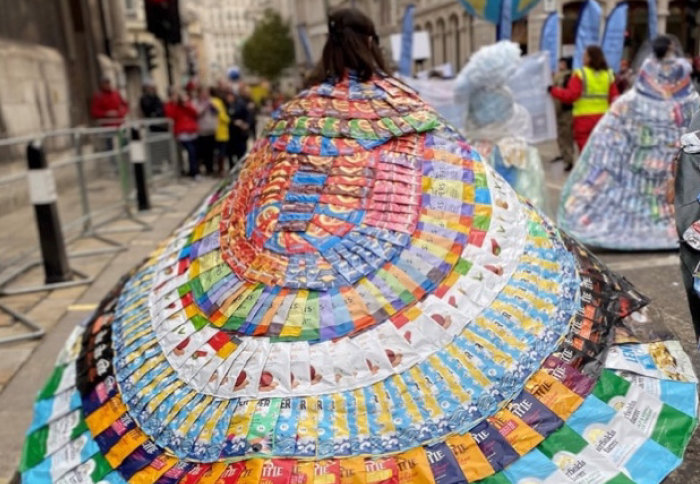
The crisp cloak on display at the Lord Mayor's Show (credit: Hannah Penn)

Artist-in-residence creates four cloaks using items that would look better in the recycling bin, and wears them to the Lord Mayor’s Show in London.
An exhibition has opened at Imperial College London’s Main Reception that highlights how important it is for people to use less disposable packaging and recycle more in order to save the planet.
Four garments on display have been fashioned from litter collected by street-sweepers in the City of London that would otherwise be sent to landfill, incinerated or recycled.
The colourful capes were designed in the style of ceremonial cloaks worn by dignitaries at the annual parade of the Lord Mayor’s Show in London, where they were first exhibited last year worn by people on a recycling-themed float.
The cloaks were created by Ainne Burke, Artist-in-Residence at Imperial’s Grantham Institute – Climate Change and the Environment, who completed her fourteen-month residency at the College in December.
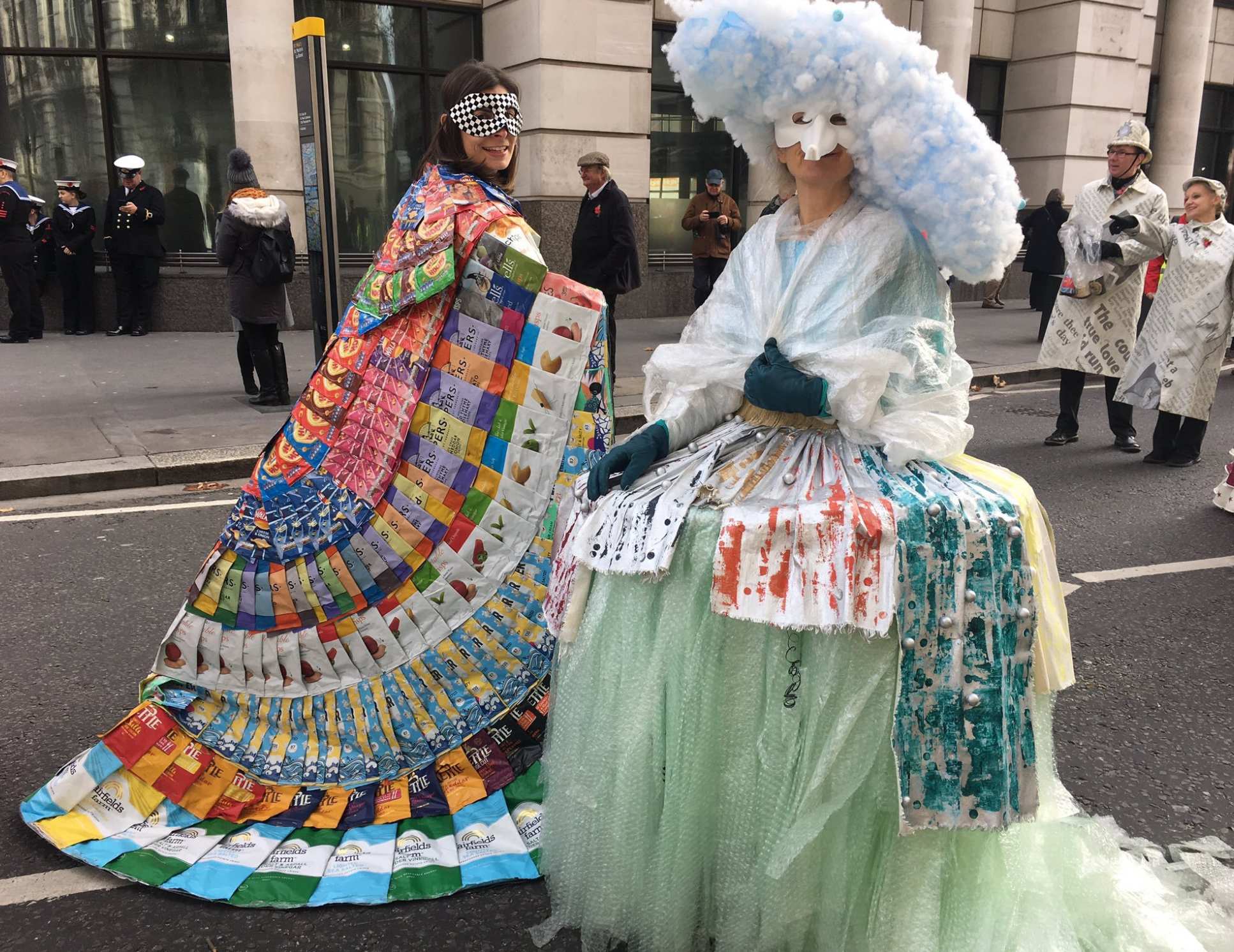
Our relationship with the earth
The exhibition is part of a science-art project exploring the relationship between the 92 naturally occurring chemical elements and the 62 of those that are also found in our bodies. It recognises 2019 as the International Year of the Periodic Table of the chemical elements, and 150 years since the periodic table was first published.
When humans use chemical elements, such as carbon, aluminium or nitrogen in manufacturing, global food production, packaging and travel, we can upset this natural balance – explains Burke, who likens this to pollution, and includes the emission of greenhouse gases that cause climate change.
“When we pollute the earth’s biomes, we pollute ourselves,” she says. “Understanding this fundamental relationship for all life forms is an essential step for us to become a globally sustainable community.”
Garments made of trash
The four garments were made from street litter collected by Corporation of London street sweepers and brought to the Walbrook Wharf Transfer Station, where it is divided for disposal or recycling. Burke set up a pop-up studio where she collected and processed the materials she needed to create the cloaks: aluminium cans, crisp bags, plastic bottles and coffee cups with lids.
Through her research with people at Imperial College London, the Natural History Museum and British Geological Survey, she identified the chemical elements used to create the food packaging and how these materials are commonly recycled or disposed of.
Main article images credit: Hannah Penn
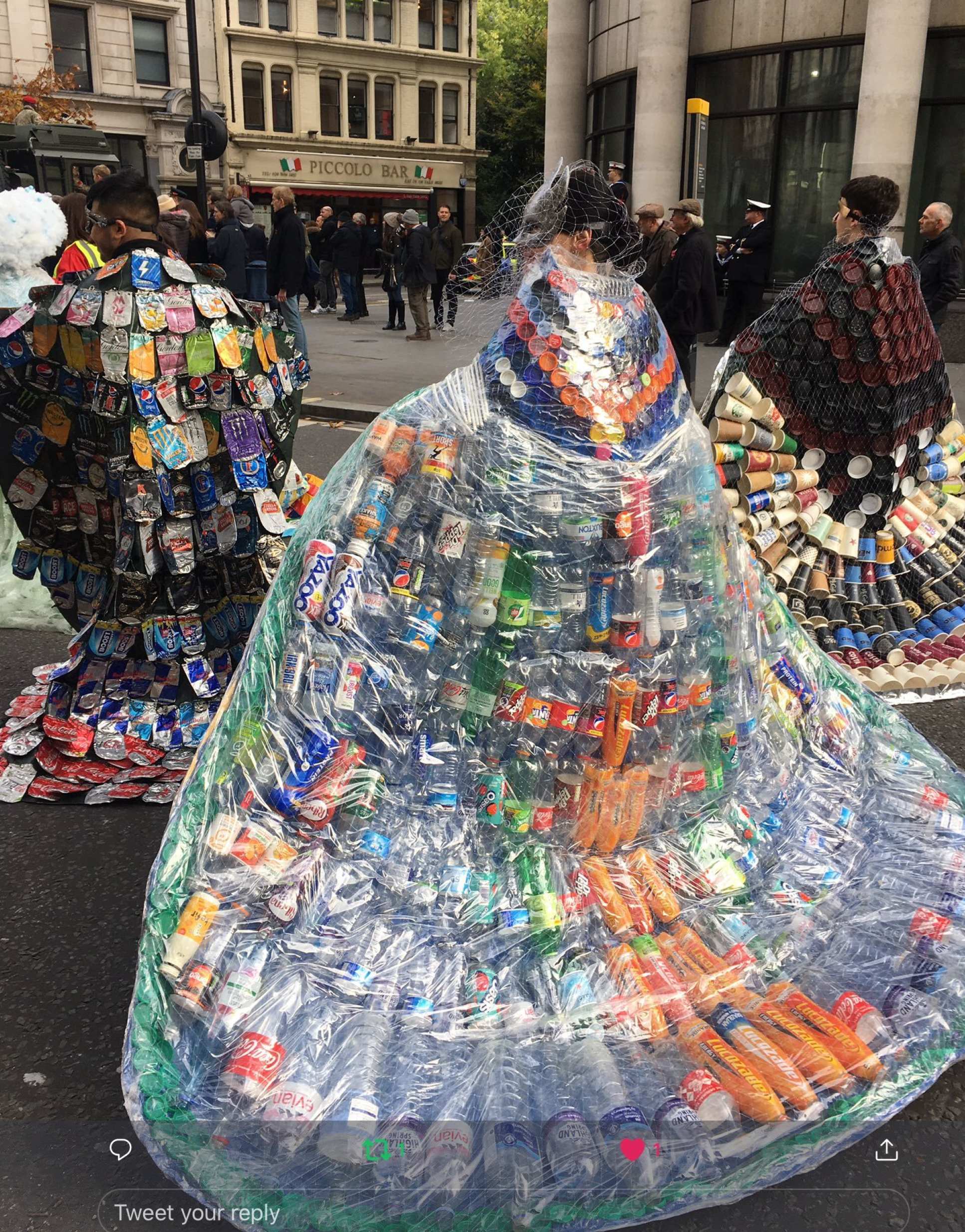
Fact: The UK consumes 6,000,000,000 packets of crisps each year. The packets, made from a plastic called polypropylene, with a thin layer of aluminium, and filled with nitrogen gas for freshness, are not recyclable by government waste management authorities.
Fact: The main body of a tin can is aluminium, with the top and bottom made from aluminium with a mix of 1% magnesium, 1% manganese, 0.4% iron, 0.2% silicon and 0.15% copper. Worldwide, approximately 370 billion cans are made per year.
Fact: It takes the same amount of energy to make one new aluminium can as it takes to recycle 20 cans. Aluminium can be recycled numerous times without the loss of quality, whilst the other mix of elements are not recycled.
Fact: Disposable cups are made from 90% paper board and 10% recycled paper, with a plastic lining made from polyethylene to improve its strength and safety.
Fact: Only one in 400 disposable coffee cups are recycled, meaning the rest go mostly to landfill sites where they decompose to produce methane – a greenhouse gas 25 times more potent than carbon dioxide.
Fact: There are many types of plastic used to make bottles; the most common for clear plastic bottles is called polyethylene terephthalate (PET or PETE). Nearly every plastic begins as a fossil fuel (containing Carbon) and each stage of its lifecycle - manufacture, transport, recycling and disposal - gives rise to greenhouse gas emissions that cause climate change.
Fact: We recycle just 45% of plastics in the UK, meaning the rest ends up in places such as landfill sites or in the ocean. Since the UK introduced a 5p tax on plastic bags in 2015, we now use 83% fewer single-use bags than we did in 2014.
--
The exhibition of The Earth And Me (TEAM): Litter Cloaks – Wearing the Earth is open to the public from 08:00-18:00 on 6-8 January 2020 in Imperial College London’s Main Reception on Exhibition Road. (See map)
--
Virtual tour of the exhibition
Slideshow photos credit: Thomas Angus / Imperial College London
Supporters

Article text (excluding photos or graphics) © Imperial College London.
Photos and graphics subject to third party copyright used with permission or © Imperial College London.
Reporter
Simon Levey
Communications Division

Contact details
Email: s.levey@imperial.ac.uk
Show all stories by this author

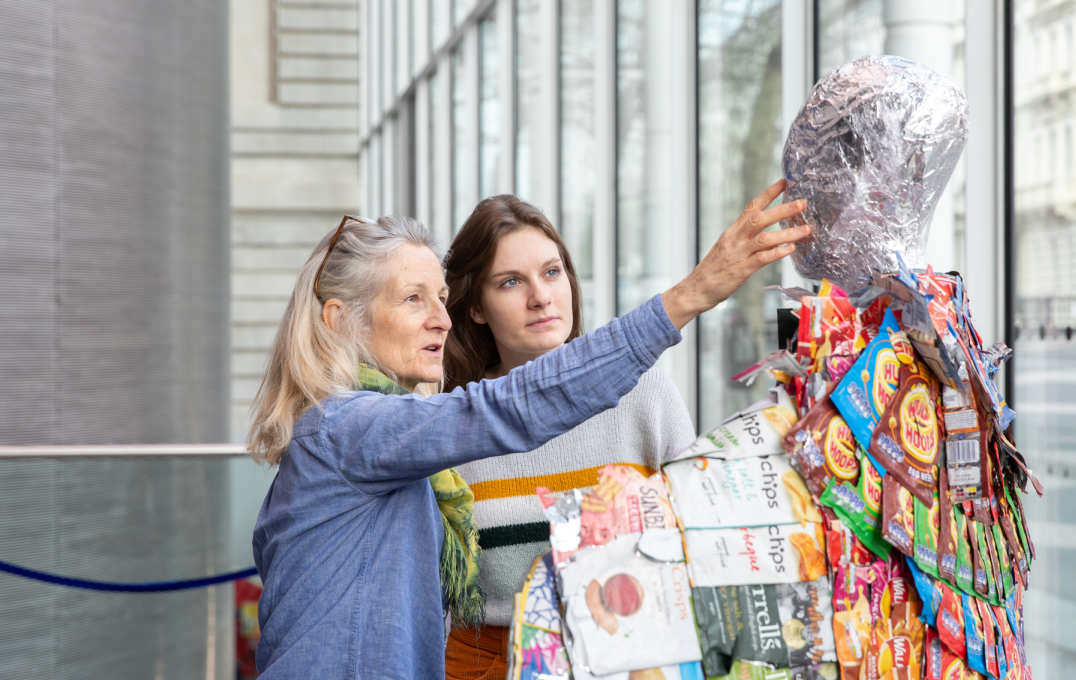
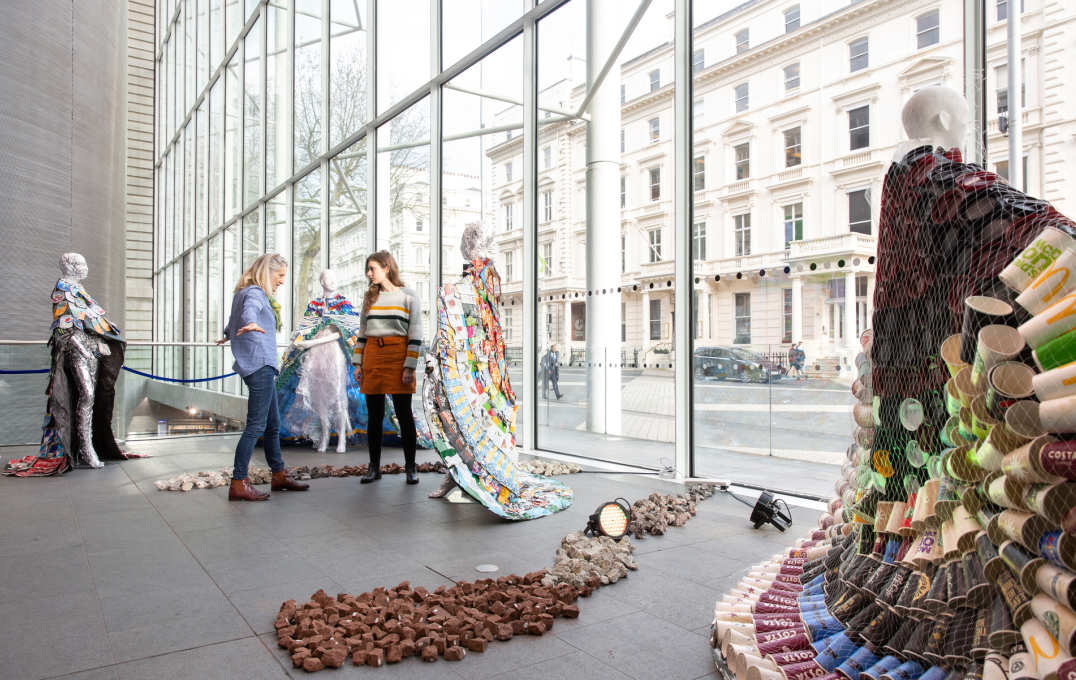
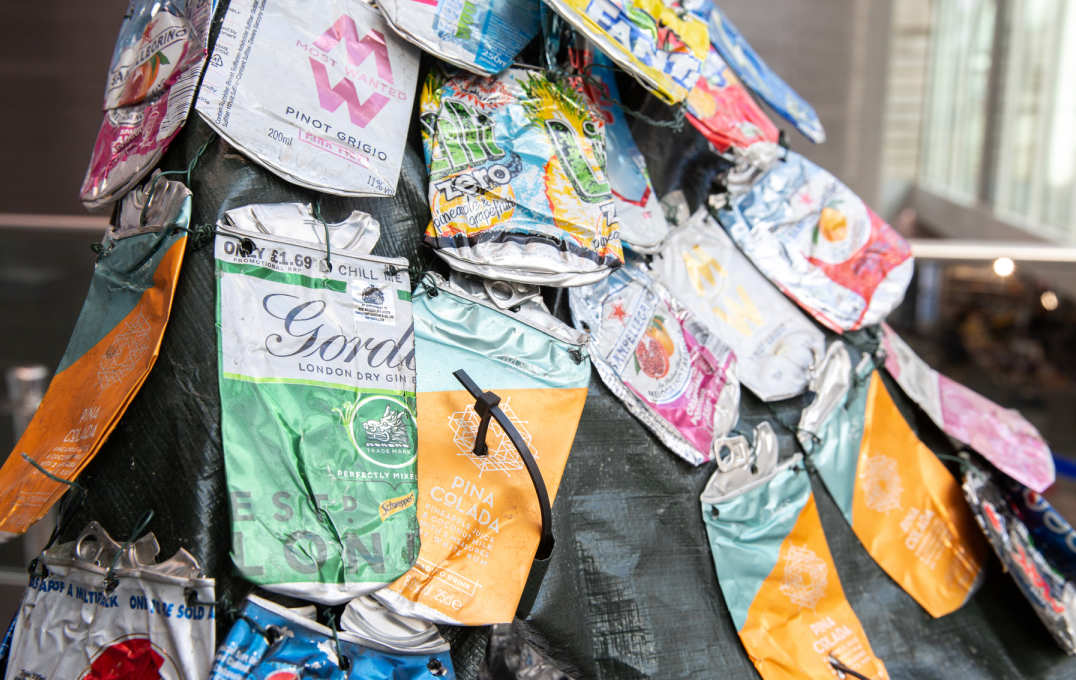
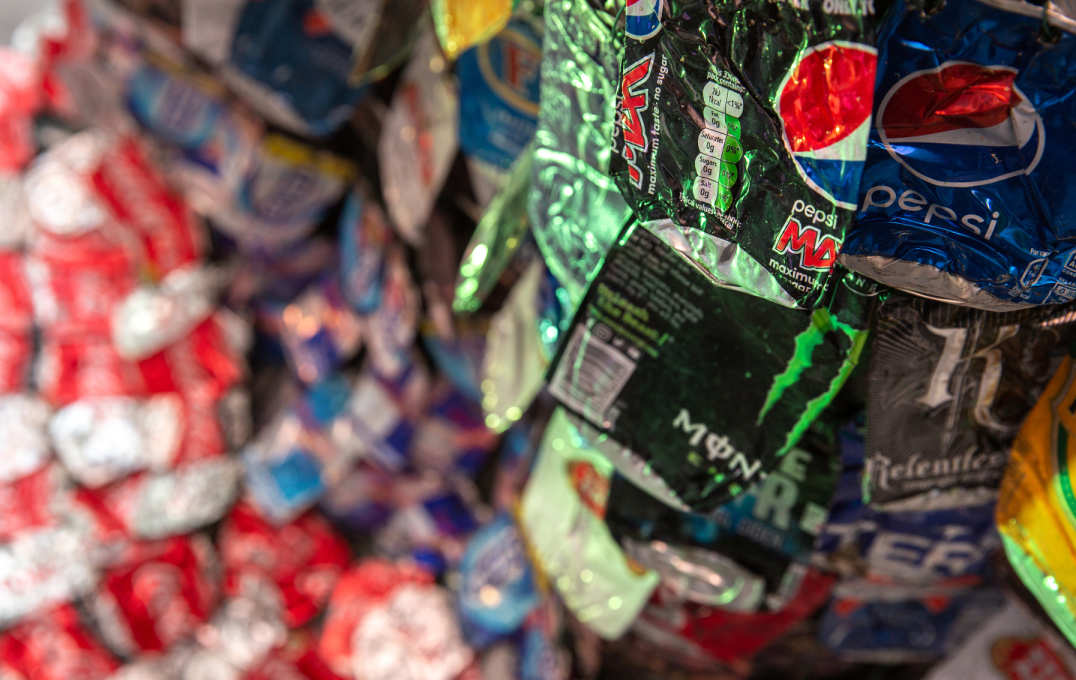
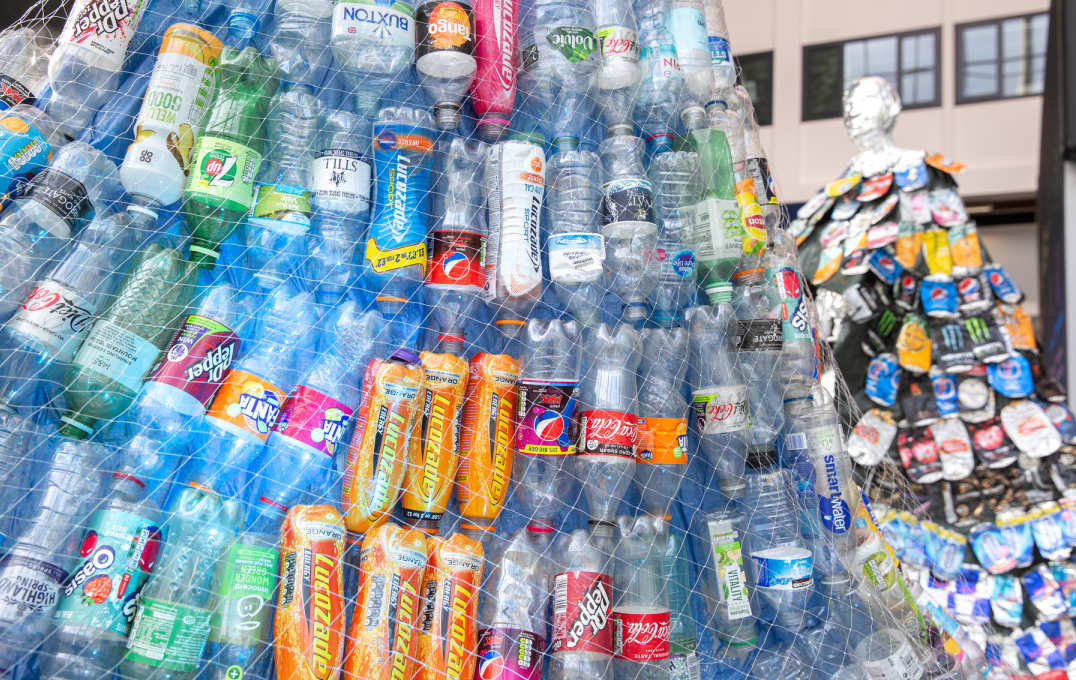
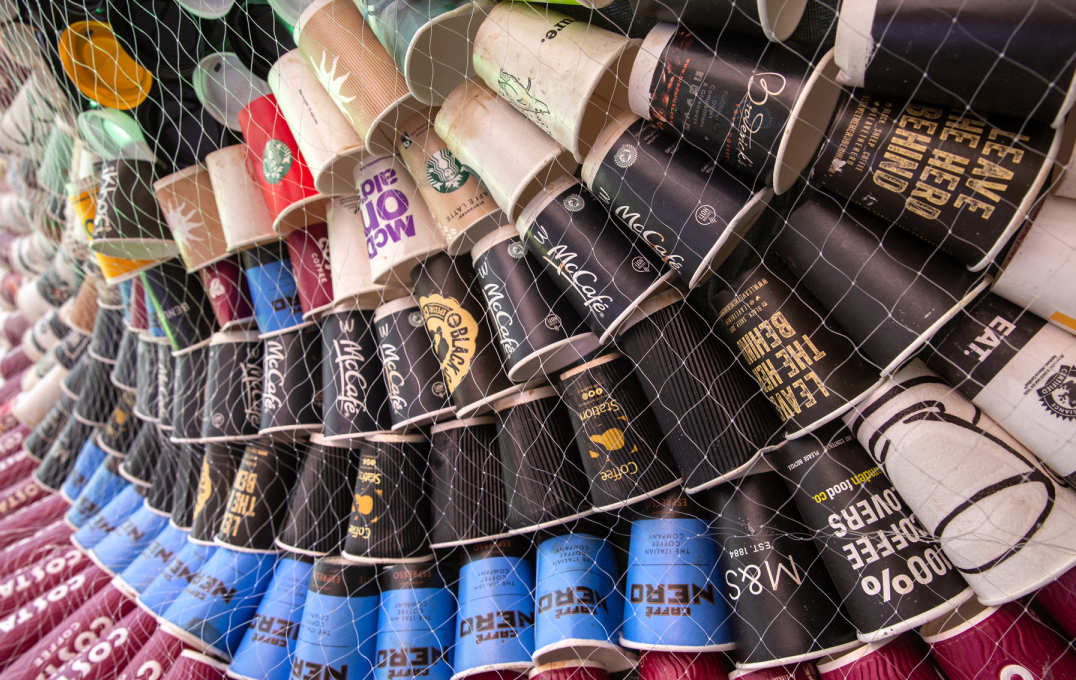
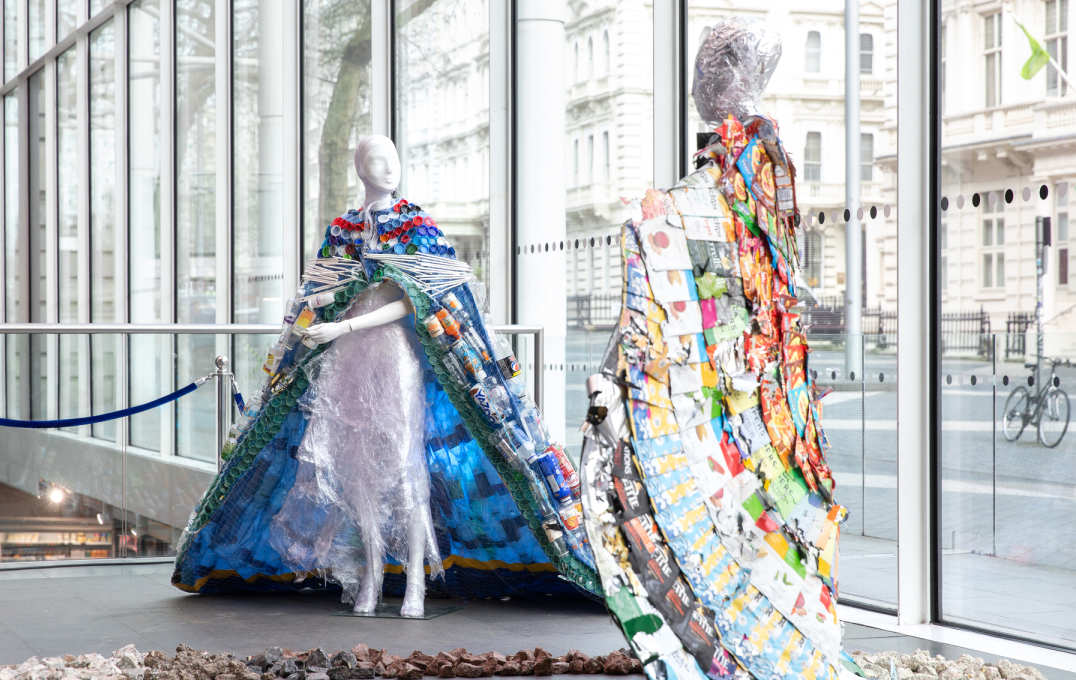
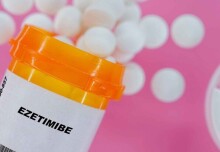

Leave a comment
Your comment may be published, displaying your name as you provide it, unless you request otherwise. Your contact details will never be published.